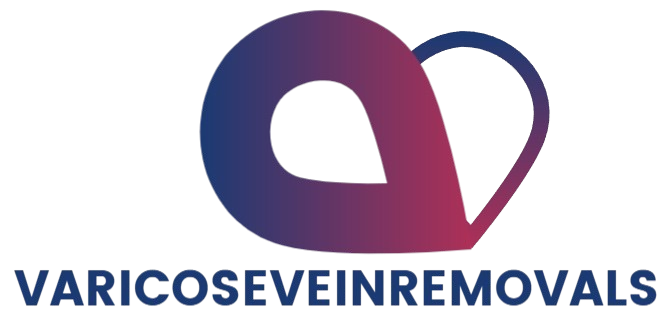In an age where personal connection and digital convenience must go hand in hand, healthcare professionals are turning to one tool that bridges both worlds seamlessly: webinars. These live, interactive sessions are no longer just a corporate trend—they’ve become a game-changing approach for medical practices to build trust, educate audiences, and encourage patient enrollment.
Let’s explore how you can strategically design and deliver compelling webinars that not only inform but also inspire action from potential patients.
Why Webinars Work in Healthcare
Webinars offer something invaluable in today’s digital-first environment: authentic engagement. They allow healthcare providers to connect with potential patients in real time, fostering a sense of trust and transparency. When done right, webinars don’t just inform—they influence.
One striking example comes from the European Reference Network for Rare Neurological Diseases. Their webinar initiative significantly increased web traffic and engagement from both patients and medical professionals. More importantly, it built a community of trust, which is often the missing link in modern healthcare marketing.
Takeaway: Patients crave trustworthy, digestible information. Webinars allow you to meet them where they are—both literally and emotionally.
Crafting Meaningful Content That Speaks to Patients
The success of a webinar starts with its content. This isn’t the place for dense medical jargon or overly technical slides. Instead, think about what truly matters to your audience. What are they worried about? What answers are they desperately seeking?
For instance, topics like “How Personalized Nutrition Can Extend Your Life” or “The Real Advantages of Virtual Healthcare” are not only timely but directly relevant to many health-conscious audiences.
Pro tip: Start with questions your patients already ask you in consultations or emails. Use those as the foundation for webinar themes. It shows you’re listening—and that you care.
Structure with Strategy: Keeping Your Audience Engaged
Great webinars don’t happen by chance. A powerful session follows a proven formula designed to keep participants hooked and motivated to take action. Here’s a structure to consider:
- Opening Hook: Grab attention with a surprising fact, a compelling story, or a question that hits close to home.
- Educational Value: Share meaningful insights that empower your audience with knowledge—make it practical and easy to understand.
- Interactive Q&A: This is your moment to build trust. Let people ask real questions and give them honest, helpful answers.
- Clear Call to Action: End strong. Encourage your audience to schedule a consultation, register for a program, or take another specific step.
Remember, live interaction increases satisfaction and reinforces the perception of your expertise.
Emotional Appeal: The Human Touch Makes the Difference
While information is important, emotion seals the deal. Webinars are an ideal platform to show the human side of healthcare. Use visuals, patient stories, and simple language to connect with viewers on a personal level.
Whether it’s sharing a recovery journey or walking through a day in the life of a patient on your program, real-life stories can be far more persuasive than statistics. And don’t forget to use visual aids—slides, short clips, or even animations—to make your message more memorable.
Action tip: Include one powerful testimonial or personal story per webinar. It adds credibility and heart to your presentation.
Smart Promotion and Follow-Up: Extending the Webinar’s Life
A webinar’s value isn’t confined to the live event itself. Strategic promotion before—and consistent follow-up after—are crucial to maximizing its impact.
- Promotion: Use your email list, social channels, and practice website to let your audience know what they’ll gain from attending. Make the benefits clear and compelling.
- Follow-Up: Don’t leave your audience hanging. Send personalized thank-you messages, highlight key takeaways, and include the next steps. Offer a replay for those who missed it—because life happens.
Studies confirm that thoughtful follow-ups significantly increase the likelihood of conversion. This is your chance to stay top-of-mind and prove your reliability.
Measure, Learn, and Improve
Just like any other marketing tool, webinars should be continuously refined. Monitor data such as attendance rates, viewer retention, engagement during Q&A, and post-event actions.
Feedback is gold. Ask your attendees what they liked, what confused them, and what they want more of. Even one piece of constructive criticism can help you sharpen your delivery and increase your impact.
Suggestion: End each webinar with a quick feedback poll. It’s simple, non-intrusive, and gives you a direct line into your audience’s mind.
Final Thoughts: Webinars as a Gateway to Trust
In today’s competitive and often impersonal healthcare landscape, webinars stand out as an authentic way to showcase your knowledge while genuinely helping people. By offering valuable, easy-to-understand content in an engaging format, you not only position yourself as a trusted expert—you start building relationships that lead to lasting loyalty.
So, whether you’re running a wellness clinic, a telehealth practice, or a multi-specialty medical center, consider this: your next webinar might not just inform someone—it could be the reason they choose you as their provider.
Start planning, start engaging, and start growing—with webinars.



